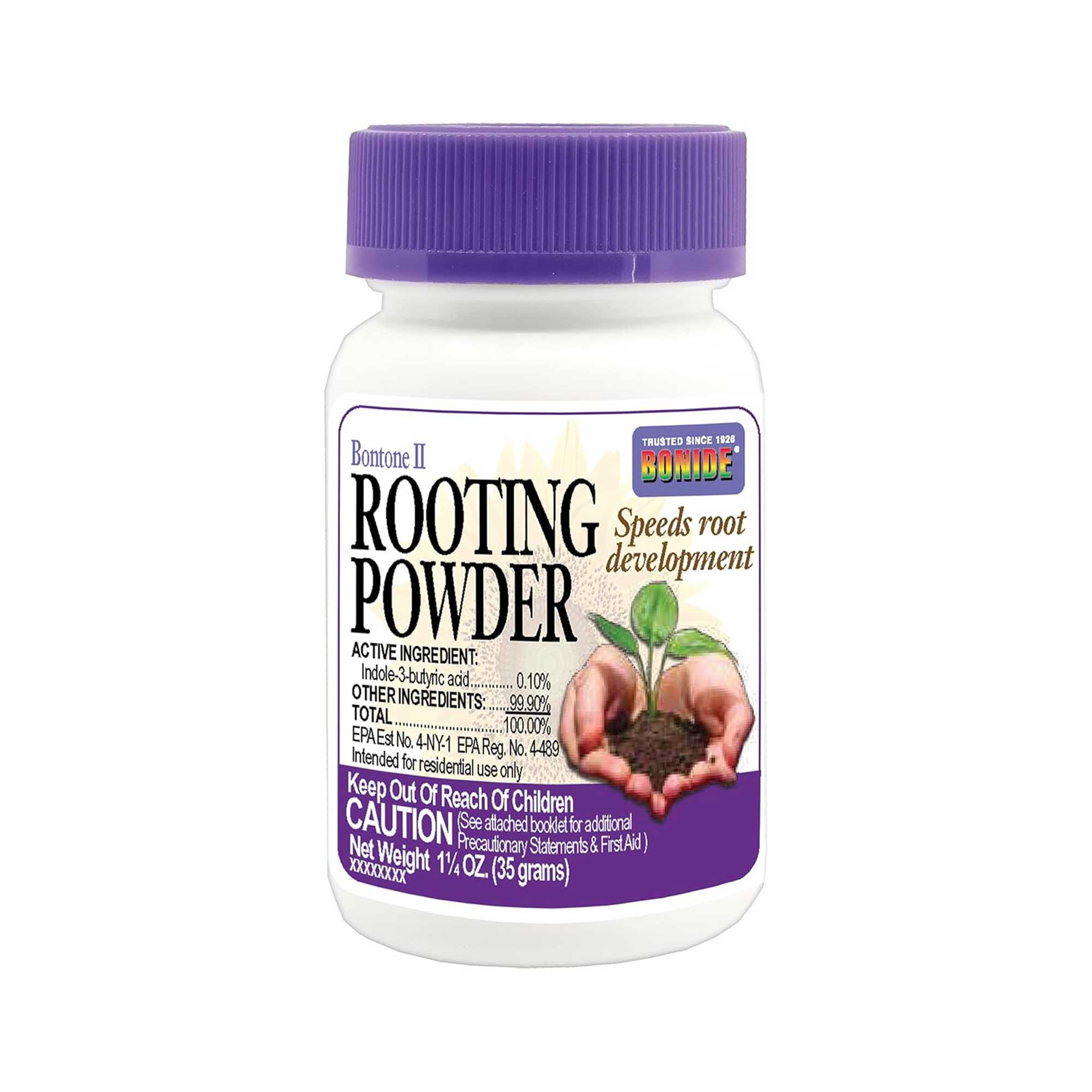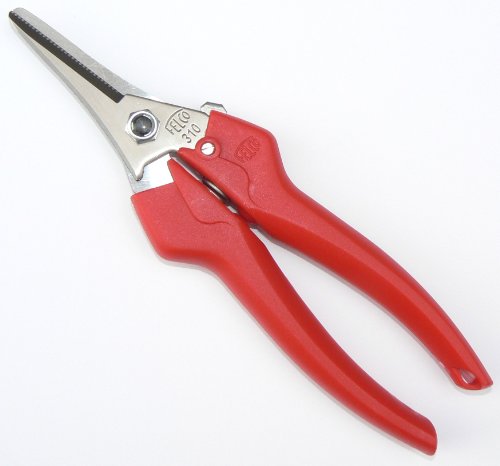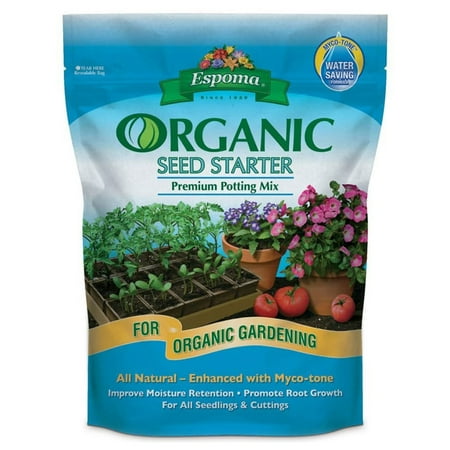How to take lantana cuttings – July is the ideal time to propagate this pretty flower, and grow more plants for free
Easily double your flower collection at zero cost this summer
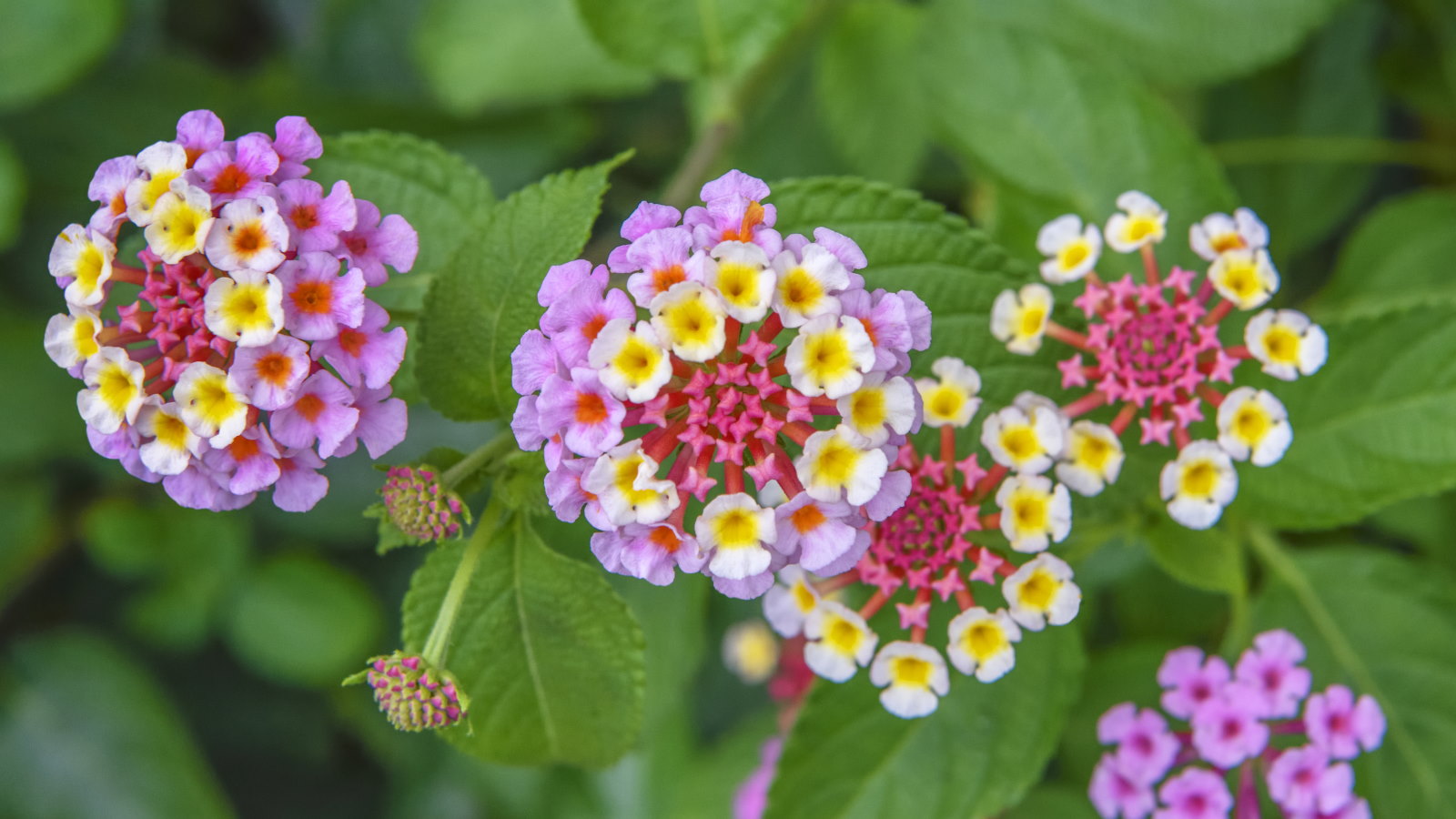

Learning how to take lantana cuttings in summer is one of the easiest ways to multiply your flowering plants (no extra spending required). Anytime in summer works well, when lantanas are producing plenty of fresh, green growth.
I’ve grown lantana on and off for years, most recently in pots on a sun-baked estate garden in Tuscany. They proved to be heat-resistant, and bloomed relentlessly through the hottest days. I’ve always been drawn to the two-tone varieties, like ‘Hot Blooded Red’ or ‘Landmark Citrus’. Sure, they’re a bit loud for some tastes, but in midsummer? I can’t think of anything better to inject a spot of color and joy into a border or pot.
So, if you already know how to grow lantana and have one in your yard, why not also learn how to take lantana cuttings this summer? By following my quick and simple steps below, you will be enjoying masses of flowers in the years to come.
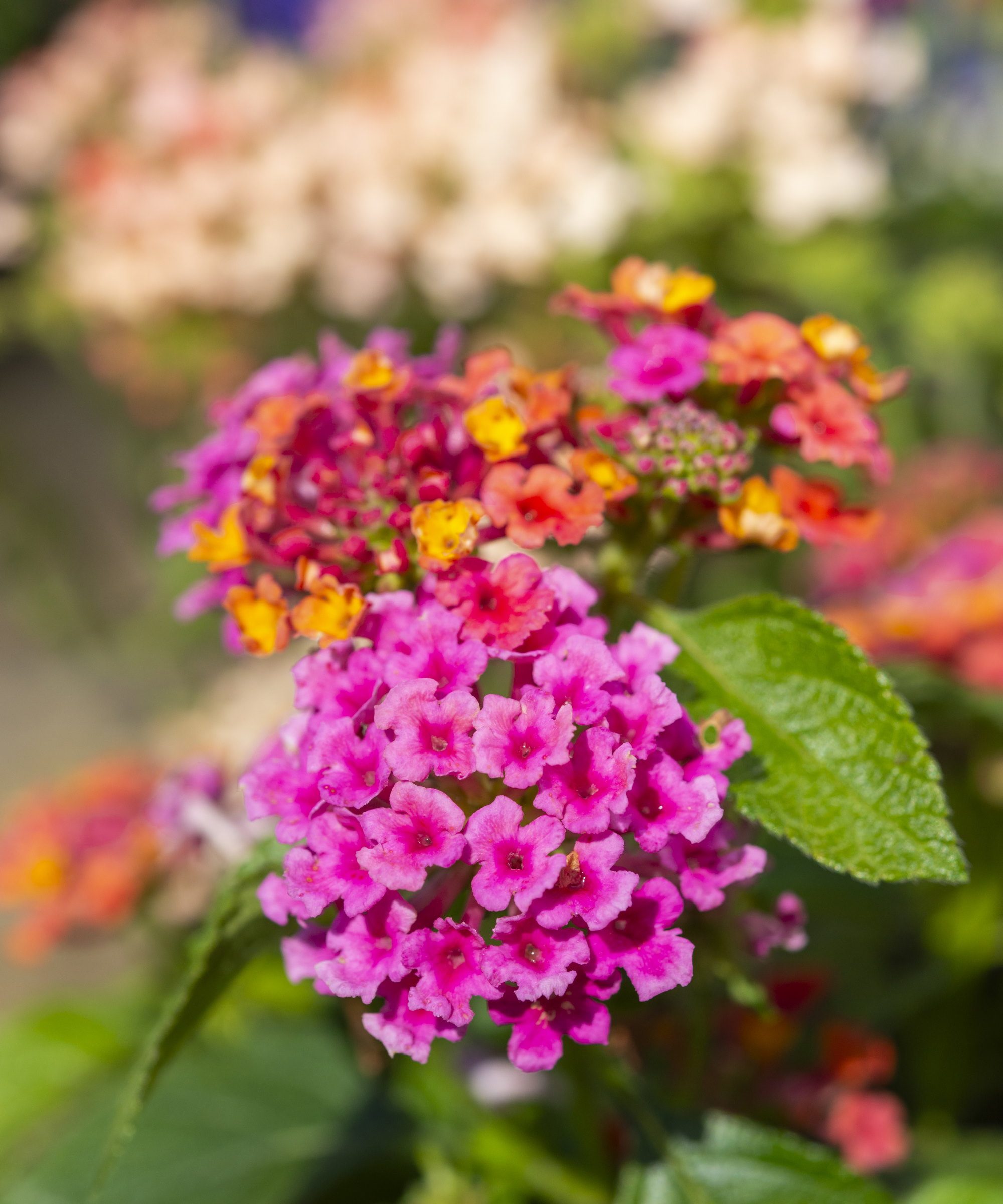
When and how to take lantana cuttings
There are approximately 150 species of Lantana found growing worldwide, most of which are native to mild or warm regions, usually growing somewhere in US hardiness zone 8 or zone 9 plus.
While Lantana are usually considered tender perennials, many of us in cooler zones can grow these plants as annuals, or by learning how to take lantana cuttings and winterizing them indoors.
When to take lantana cuttings
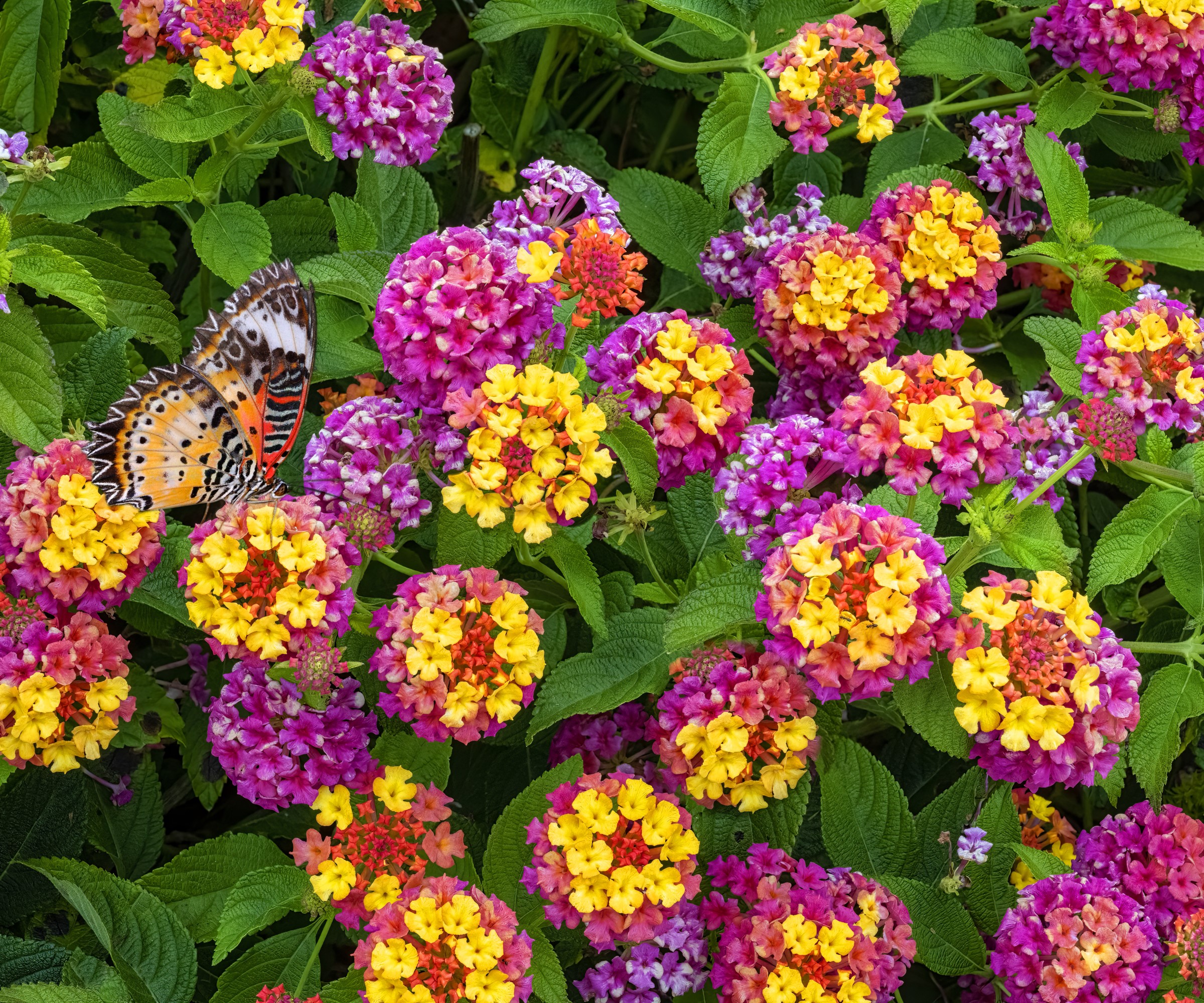
In terms of when to propagate these patio plants, cuttings can be taken during summer when there is lots of new growth and the weather is optimal. So, they are best thought of as plants to propagate in July or August.
I would suggest doing this during the morning when the weather is mild. While you can take cuttings at any time, doing this in the morning can help to improve your chances of success, as plants tend to be more hydrated, so are less likely to wither or wilt when you prune lantana ready for propagating.
Design expertise in your inbox – from inspiring decorating ideas and beautiful celebrity homes to practical gardening advice and shopping round-ups.
How to take lantana cuttings
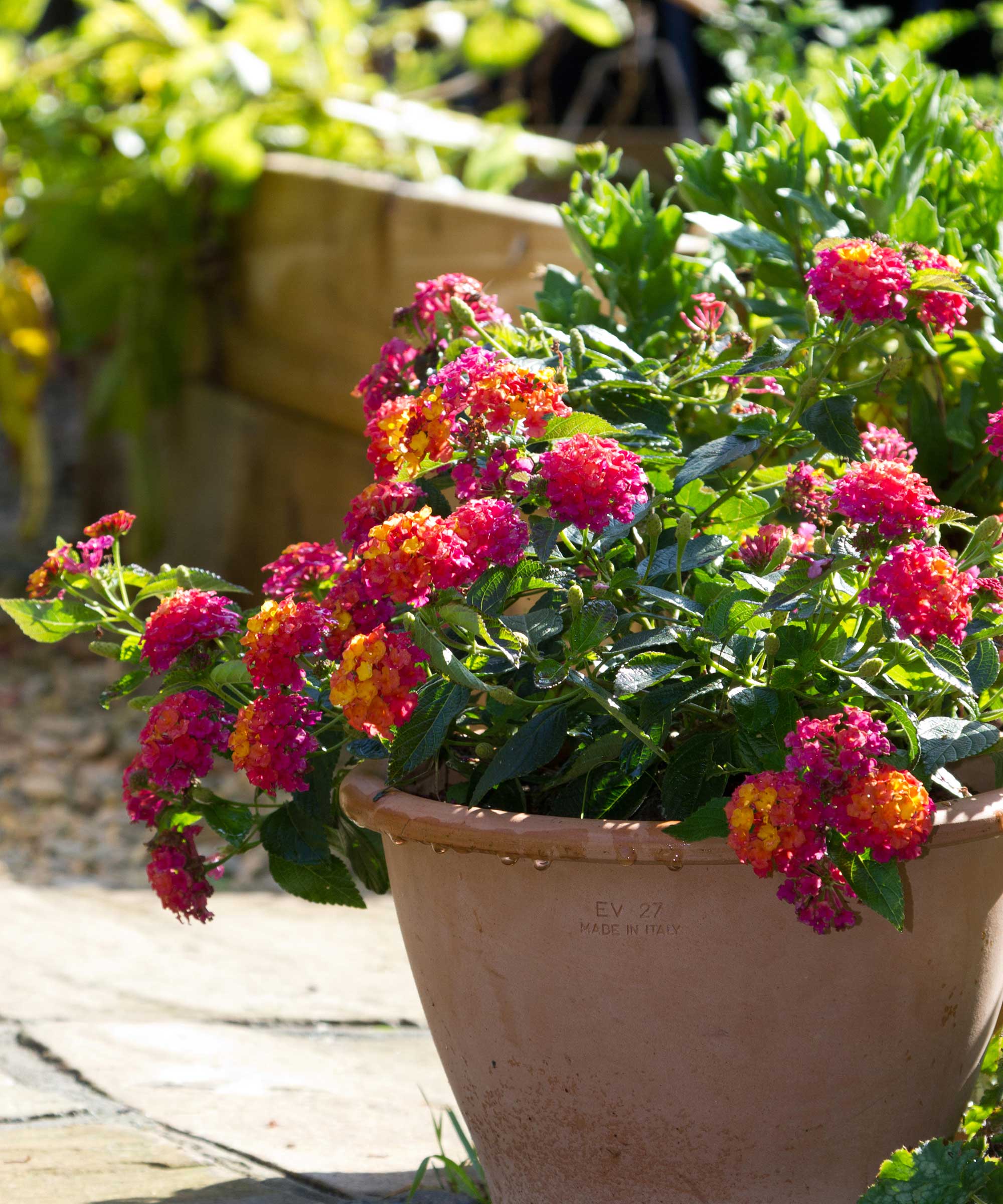
- To begin, you will need to grab some clean, sharp tools, like these Fiskars snips from Walmart. Then, identify some healthy green stems that do not have a flower. Simply snip a stem with leaves on, roughly four or more inches in length, dropping it in a bucket of water as you work. I would usually take half a dozen cuttings, in the knowledge that one or two will usually fail.
- Next, remove the foliage from each cutting, leaving just one or two leaves at the top of each stem. Make the bottom cut just underneath a leaf joint, as this is where (hopefully) roots will grow from.
- While rooting hormone is optional, it can help with the development of roots for your lantana cuttings. Simply dip the bottom inch of your cuttings in water, then in rooting hormone powder, available from Amazon, before planting the bottom half of the cutting (roughly two inches) into small pots filled with well-drained potting mix. Adding a bit of grit to your potting mix is a good idea, as cuttings can often sulk in overly wet soil.
- Give your pot/s a good watering. Then, place them in a cold frame or greenhouse, ensuring they are not in direct sunlight.
- Keep your lantana cuttings moist but not soggy, monitoring the soil every few days. In July and August, the soil can quickly dry out (especially in cold frames or greenhouses), so be sure to keep an eye on them.
- Your cuttings should produce roots within three or four weeks, at which point, you can carefully repot them into small pots of their own. I would keep them like this until next May or June, protected through the winter months, and then you can learn how to grow lantana in pots and add them to your patio when the temperature rises.
FAQs
Can I root lantana cuttings in water?
Yes, you can try this method to double your lantana collection. I have had more success with rooting cuttings in soil, but many gardeners find that water propagation works, too. Simply place three or four lantana stems in a vase of water (so that the bottom two inches are submerged) and wait. Be sure to place the vase somewhere with indirect light so they won't scorch. This method can take a little longer, possibly even several weeks, but eventually, small white roots should appear.
Lantana are some of the easiest plants to take cuttings from, and you will be surprised at how quickly roots appear. With some luck, your new plants will bloom the following summer.
Why not also learn how to take honeysuckle cuttings with our expert guide? Propagating this fragrant flowering climber in July or August is another great way to make more of your favorite plants for free.
Shop garden accessories

Thomas is a Content Editor within the Gardens Team at Homes and Gardens. He has worked as a professional gardener for both public spaces and private estates, specializing in productive gardening, growing food and flowers. Trained in Horticulture at the Garden Museum, he has written on gardening and garden history for various publications, including The English Garden, Gardens Illustrated, Hortus, The London Gardener and Bloom. He has co-authored a Lonely Planet travel book, The Tree Atlas, due out in 2024.
